Scientific name Stichodactyla haddoni Rank Species | Order Actiniaria Genus Stichodactyla Higher classification Stichodactyla | |
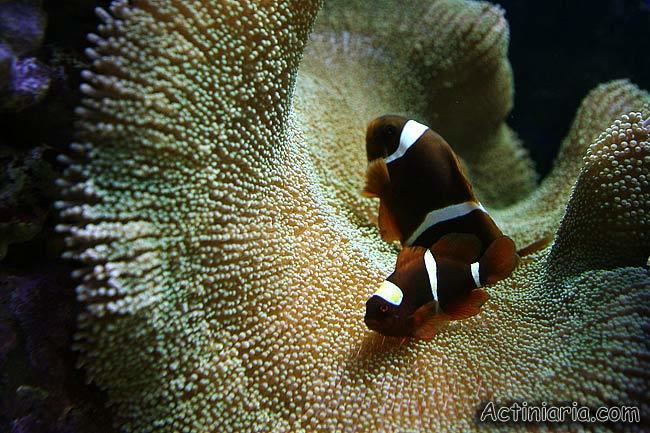 | ||
Similar Stichodactyla, Sea anemone, Stichodactyla gigantea, Heteractis, Sebae anemone | ||
Salty reefer stichodactyla haddoni haddon s blue carpet anemone
Stichodactyla haddoni (Haddon's sea anemone), is a species of sea anemone belonging to the Stichodactylidae family native from the Indo-Pacific area.
Contents
- Salty reefer stichodactyla haddoni haddon s blue carpet anemone
- Blue carpet anemone stichodactyla haddoni feeding 14 11 2014
- Description
- Distribution habitat
- Biology
- Gallery
- References
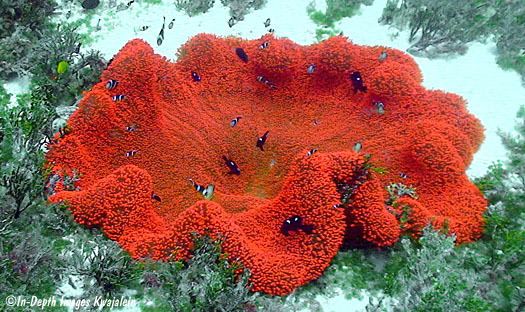
Blue carpet anemone stichodactyla haddoni feeding 14 11 2014
Description
S. haddoni is characterized by a folded oral disc that reaches between 50 and 80 cm in diameter with a 1 – 2 cm tentacle free oral area. The tentacles have a rounded tip and the end may be green, yellow, gray, or prin (rarely). The column, external structure of an anemone visible when the animal is closed, has small, non-adhesive bumps (verrucae) which are usually the same color as the column and not visible. The tentacles are yellowish or tan. At the circumference it has alternating short and long tentacles.
Distribution & habitat
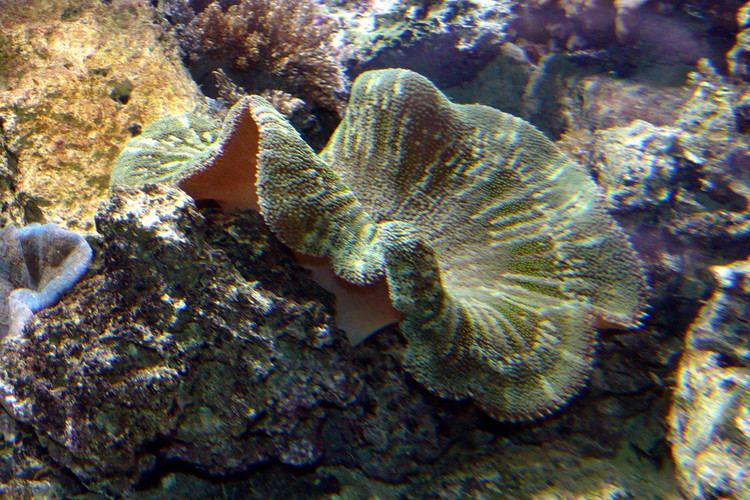
S. haddoni is found on sandy surfaces and is widespread throughout the tropical and subtropical waters of the Indo-Pacific area from Mauritius to Fiji and from the Ryukyu Islands of southern Japan to Australia.
Biology
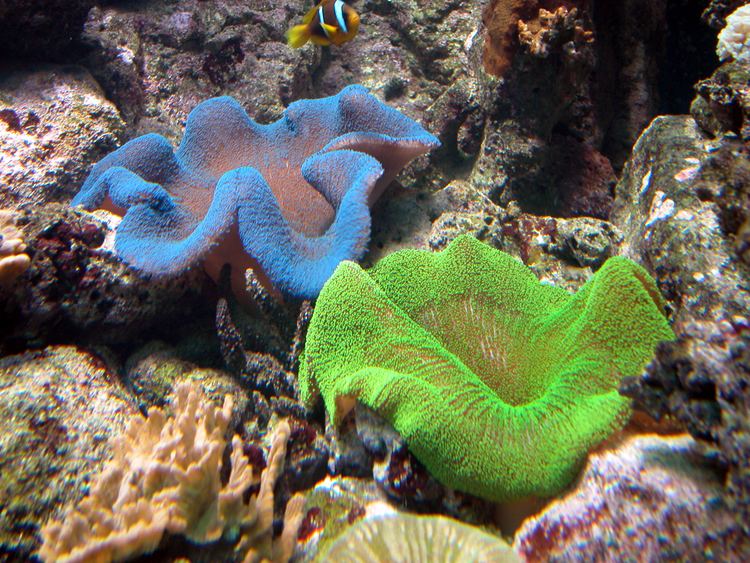
S. haddoni feeds in two ways. The first is internal via photosynthesis of its symbiotic zooxanthellae, living in its tissues. And the second is through capturing its prey via its tentacles that allow it to immobilize its prey (small invertebrates, fry or juvenile fish), by using toxins such as SHTX.
S. haddoni lives in association with 6 different species of clownfish :
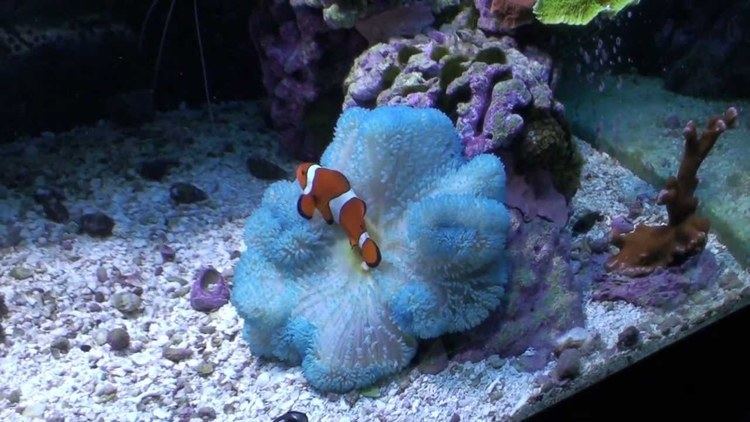
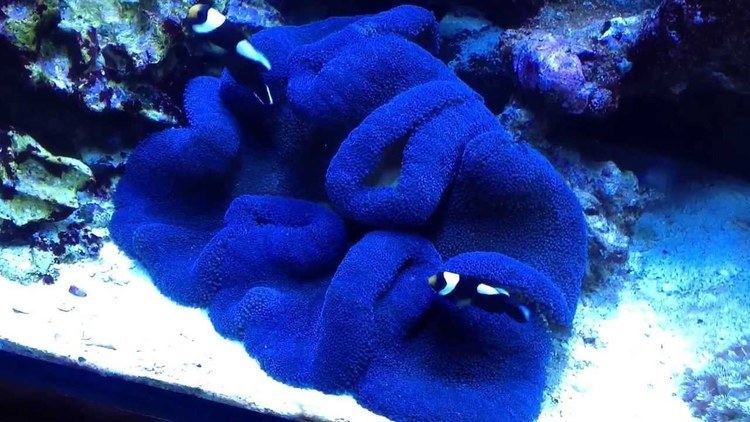
Juvenile Dascyllus trimaculatus also associate with S. haddoni. A number of other species are associated with S. haddoni, however the relationship is commensal rather than mutual as the anemone does not appear to benefit from the association. These species are
Gallery
Anemonefish in S. haddoni
